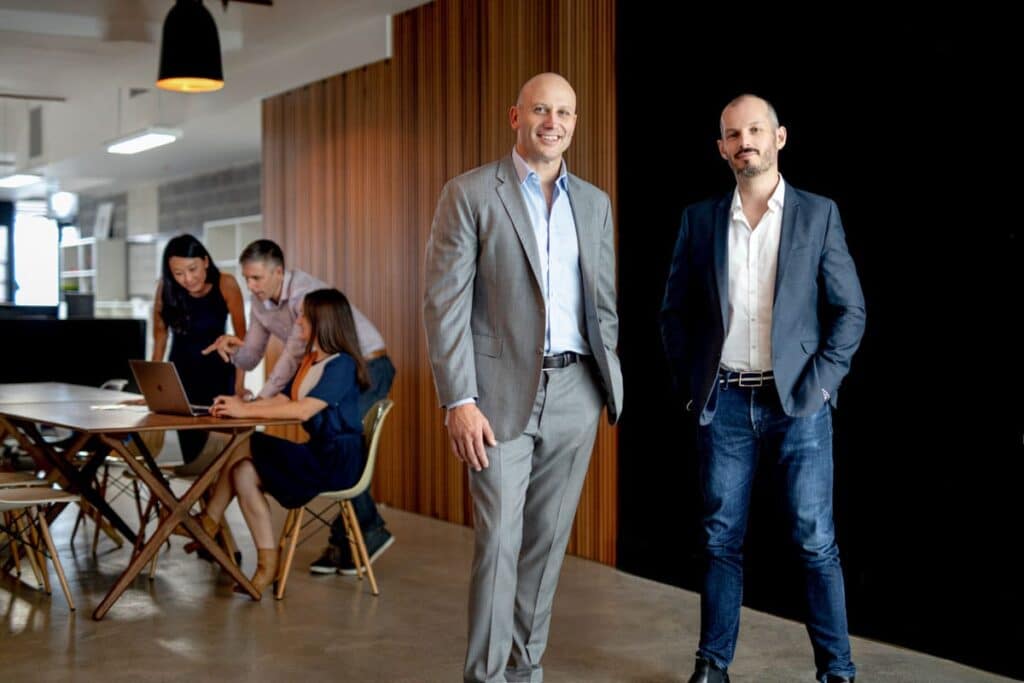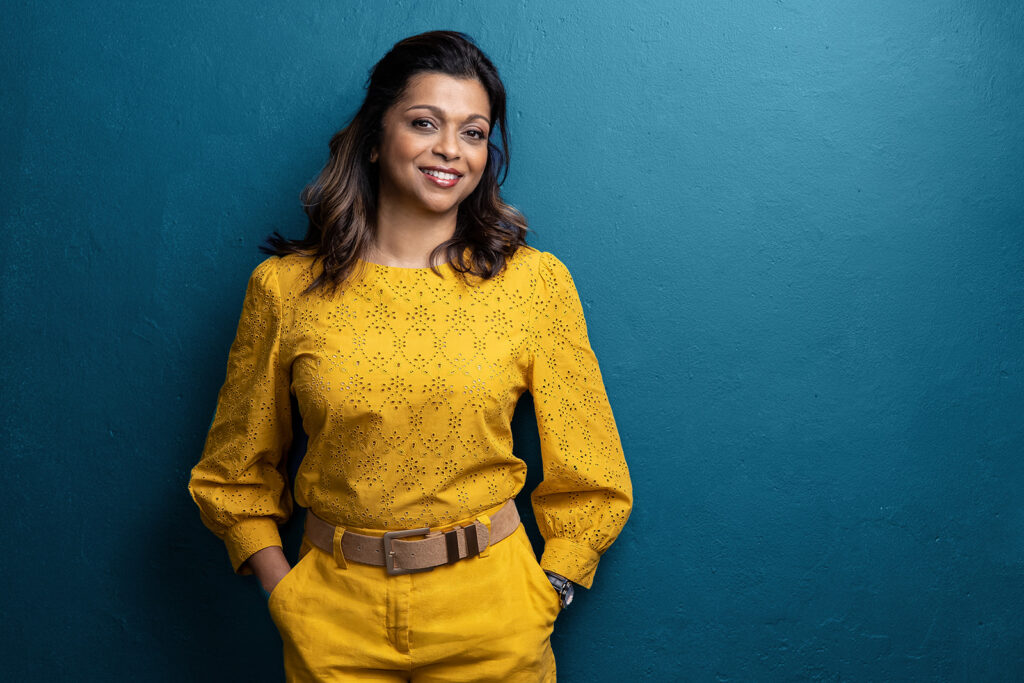If you are not sure about what makes a corporate headshot and what makes an editorial portrait, you aren’t alone.
A professional headshot is ideal for professional networking or business-related purposes. However, if you want a more creative image that captures the essence of your personal or brand narrative, an editorial portrait would be more suitable.
At Hero Shot Photography, we specialise in both corporate headshots and editorial portraits. Whilst the goals for each image may be different, our goal for either of these is typically to help sell our subject or an idea.
In this article, we will discuss the key differences between both to help you decide what’s right for you.
Difference Between Professional Headshot and Editorial Portraits
1. Framing
Corporate headshots or professional headshots are specifically framed for the head and shoulders.
Think of the profile image on LinkedIn and most other social platforms, the emphasis is much on the face. Editorial portraits tend to be framed more loosely and often in landscape however they can be framed any way. They can be full-body, waist-up, three-quarter body, or head and shoulders. Both types of portraits in some way tell a story or illuminate the person being photographed.
2. Usage
Another major difference between a corporate headshot and an editorial portrait is what the images are used for. Professional headshots are commonly used for LinkedIn profiles, team pages for business and corporate websites. On the other hand, editorial portraits are more narrative driven and ideally suited for magazines, press releases, about me pages and blogs.

3. Mood and Feel
Headshots are about introducing yourself to the observer while editorial portraits are about telling a story.
The corporate headshots in Sydney we take at Hero Shot Photography or out on location normally have a relaxed feel and the subject often smiles. This is because the subject most often needs to communicate a message to the observer like trust, friendliness or approachability. They tend to appeal more to the logical side of the brain to create a sense of familiarity with a person and this information is often registered in a fraction of a second.
Editorial portraits, on the other hand convey a message of emotion and create a feeling. The subject(s) can look directly at the camera or away engaging in some kind of activity.
4. Lighting
Lighting can completely change the story of the image.
The lighting for corporate headshots is often softer and natural. The subject’s face is the focus and softer shadows can help create a flattering and less dramatic look, normally a good thing if you’re just introducing yourself to someone.
Compared to headshots, editorial portraits may have dramatic lighting to add interest and draw a viewer’s attention. However, the lighting can also be soft, experimental, or anything that the photographer chooses to get the desired mood or effect to sell the narrative.
Further artistic effects can be obtained using accessories or props like glass, mirrors and coloured lights or gels to add more layers of visual interest.

5. Background and Foreground
A headshot is about locking the attention of the observer on the subject’s face. This is why the corporate headshots taken in our Sydney studio have a neutral, clean or lightly textured background whilst those taken outside have a blurry background.
The background and foreground in an editorial portrait allow to enrich it so an increased depth of field (focus) is often beneficial. These images also have more visual elements that contribute to the story or message it needs to convey placing a much greater emphasis on angles and composition.
Headshots: A Professional Necessity
Headshots are more than just simple photographs; they are a professional necessity in today’s digital world. Whether you’re an executive, a creative professional, or entering the job market, a headshot is your first opportunity to make a lasting impression.
Purpose of a Headshot
- Representing Yourself in a Professional Context: A headshot is often the first point of contact between you and potential employers, clients, or collaborators. It represents you when you’re not there to do it in person.
- Building Credibility and Trust: A well rounded professional headshot conveys a sense of trust and credibility. It shows that you take your career and professional image seriously, which can influence how others perceive and interact with you.
Types of Headshots
- Traditional Corporate Headshots: These are typically shot in a studio with professional lighting and a neutral background. They aim to present a clean, straightforward, and professional image that suits formal business environments.
- Environmental Headshots: Taken in a natural setting or a workplace environment, these headshots are more relaxed and are meant to convey a bit of the subject’s working style and personality.
Ideal for:
- LinkedIn and Social Media Profiles: Social media is a crucial platform for professional networking. A good headshot can set you apart and help establish a professional online presence.
- Business Websites and Directories: A headshot can help connect names and faces on a company website or a professional directory, adding a personal touch.
- Job Applications and Resumes: Including a headshot with your application can make your resume stand out in a pile of text-only documents.
- Marketing Materials and Business Cards: A headshot on business cards or marketing materials can make your branding more personable and relatable.
Incorporating a professional headshot into your professional toolkit is an investment in your personal brand. It not only enhances how you are perceived but also boosts your chances of professional success.
Editorial Portraits: Telling Your Story
Editorial portraits go beyond traditional photography by capturing and conveying the essence and personality of the subject through visually rich storytelling. These portraits are not just about looking at the camera and smiling; they’re about telling a story and connecting on a deeper level with the audience. Here’s a closer look at the purpose and characteristics of editorial portraits, and where they can be most effectively used.
Purpose of an Editorial Portrait
- Capturing Personality and Essence: Editorial portraits are designed to highlight unique aspects of the individual’s personality. They capture more than just a face; they aim to reveal character, emotions, and the essence of the person.
- Storytelling Through Imagery: These portraits use visual storytelling to communicate more about the subject than words alone could convey. Whether it’s for a personal brand or a creative project, the imagery helps to tell a story that engages the viewer.
Characteristics of Editorial Portraits
- More Relaxed and Candid Style: Unlike the formal setting of traditional headshots, editorial portraits often feature a more relaxed and spontaneous look. This style allows the subject’s natural demeanour to shine through, making the photos feel more genuine and lively.
- Use of Props, Backgrounds, and Lighting to Convey Narrative: Editorial portraits are carefully staged with the use of props, diverse backgrounds, and strategic lighting that all play a role in supporting the narrative of the portrait. Each element is chosen to enhance the storytelling aspect of the photograph.
Ideal for:
- Personal Branding Campaigns: Editorial portraits can define and elevate a personal brand by showcasing the individual in a manner aligned with their brand values and messages.
- Feature Articles and Interviews: For publications, whether online or in print, these portraits provide a compelling visual element that complements the written content.
- Social Media Content and Blog Posts: These images can greatly enhance the visual appeal of digital content, making it more engaging and shareable.
- Showcasing Creative or Artistic Professions: For artists, musicians, writers, and other creatives, editorial portraits can effectively reflect their artistic style and creative philosophy.
Editorial portraits are a powerful tool for those looking to make a statement or leave a lasting impression. They do not just depict; they narrate, making them an invaluable asset for anyone looking to tell their story visually.
Choosing Between Headshots and Editorial Portraits: Key Factors
Choosing between a professional headshot and an editorial portrait depends on various factors, from your career goals to the platforms where the images will be used. Here’s a detailed guide to help you make an informed decision tailored to your needs.
Professional Goals and Target Audience
- Corporate vs. Creative Industries: If you’re in a corporate, legal, or finance sector, a professional headshot is typically preferred, reflecting a formal and polished image. Conversely, if you work in creative industries like advertising, fashion, or entertainment, an editorial portrait might be more suitable as it allows for a more artistic and personalised expression.
- Formal vs. Casual Brand Image: Consider the brand image you wish to convey. A formal brand image in conservative fields often requires a traditional headshot, while a more casual or personable brand image, common in startups or creative fields, might benefit from the storytelling approach of an editorial portrait.
Personal Style and Personality
- Portraying Authenticity and Approachability: Your photo should reflect your genuine personality. For professions that value trust and personal interaction, such as consultancy or therapy, showing authenticity and approachability through an editorial portrait could be beneficial.
- Aligning Visuals with Personal Brand: The visual style of your photo should align with your personal or professional brand. Editorial portraits can be customised with various settings, props, and poses that reflect your unique style, helping to strengthen your brand message.
Usage and Distribution Channels
- Print vs. Digital Platforms: Consider where the photo will be primarily used. Traditional headshots might be more appropriate for formal print materials like corporate brochures or press releases, whereas editorial portraits can make a striking impact on digital platforms like websites and online articles.
- Social Media and Online Presence: For social media, where engagement and personality are crucial, an editorial portrait might capture more attention and better convey your personality. Platforms like LinkedIn, however, might favour a professional headshot for its business-focused environment.
By carefully considering these factors, you can choose the type of photography that best suits your professional image and helps you achieve your career objectives. Whether it’s a headshot or an editorial portrait, the right choice will ensure you present yourself in the best light across all platforms.
Headshot or Editorial Portrait: Which One is Right for You?
Deciding between a headshot and an editorial portrait often hinges on your professional role, industry, and how you intend to use the image. Here’s a guide to help you determine which type of photography will best suit your needs and goals.
Professional Roles and Industries
- Corporate and Business Professionals: For those in traditional corporate environments such as finance, law, or administration, a professional headshot is typically essential. It presents a clean, straightforward image that conveys professionalism and competence, ideal for LinkedIn profiles, company websites, and business cards.
- Creatives, Entrepreneurs, and Personal Brands: If you are in a creative field like design, art, or media, or you’re an entrepreneur looking to establish a personal brand, an editorial portrait can better serve your needs. These portraits allow for more creativity and personal expression, which can resonate more deeply with your audience by showcasing your personality and the essence of your work.
Combining Both
- Using Headshots and Editorial Portraits for Different Purposes: It’s often beneficial to have both types of images in your professional arsenal. Use a headshot for more formal applications such as professional networking sites and business proposals, and an editorial portrait for engaging your audience on social media, in blog posts, or in articles where personality and narrative play a crucial role.
- Creating a Cohesive Visual Brand Identity: Integrating headshots and editorial portraits into your branding can provide a versatile and comprehensive visual identity. Ensure that both types of photography share a stylistic thread—whether it’s a consistent colour palette, tone, or style—to maintain a unified brand image across all platforms.
By understanding the nuances of each type and considering how they align with your professional image and platforms of use, you can make an informed decision on whether a headshot, an editorial portrait, or a combination of both is right for you.
Final Words
Choosing between a headshot and an editorial portrait depends on your professional needs and personal brand. At Hero Shot Photography, we specialise in both, ensuring you always have the right image to present. Whether you’re enhancing your corporate profile or showcasing your creative flair, trust us to capture your best self. Reach out to Hero Shot Photography today to make your first impression a lasting one.
If you’re still unsure about whether you need a corporate headshot or an editorial portrait, have a look through our recent Corporate Headshots and Editorial Portraits Galleries.
Frequently Asked Questions
A professional headshot focuses on presenting a polished and formal look suitable for business settings, while an editorial portrait is more creative, capturing personality and storytelling aspects for broader branding purposes.
Opt for a professional headshot when you need a formal, business-oriented image, especially for corporate profiles, resumes, and professional networking sites like LinkedIn.
Editorial portraits are ideal for personal branding, creative fields, and media where storytelling and personality are crucial, such as feature articles, blogs, and social media content.
Yes, particularly if you are in a creative industry or your personal brand is closely tied to your professional identity. It helps convey more of your personality and creative approach.
Wear professional, business attire in neutral colors that convey seriousness and professionalism. Avoid busy patterns that can distract from your face.
Choose outfits that reflect your personal style, consider using props or a location that relates to your story, and discuss with your photographer the mood and message you want to convey.
A neutral or lightly textured background that doesn’t distract from the subject is ideal for professional headshots.
Editorial portraits may use a variety of lighting styles, from dramatic to soft, depending on the desired mood and effect of the narrative however its also important to consider what’s flattering for the subject.
Update your professional headshot every 1-2 years or whenever your appearance significantly changes.
Yes, editorial portraits can include elements of movement to add dynamic interest and convey action or aspects of your personality.






